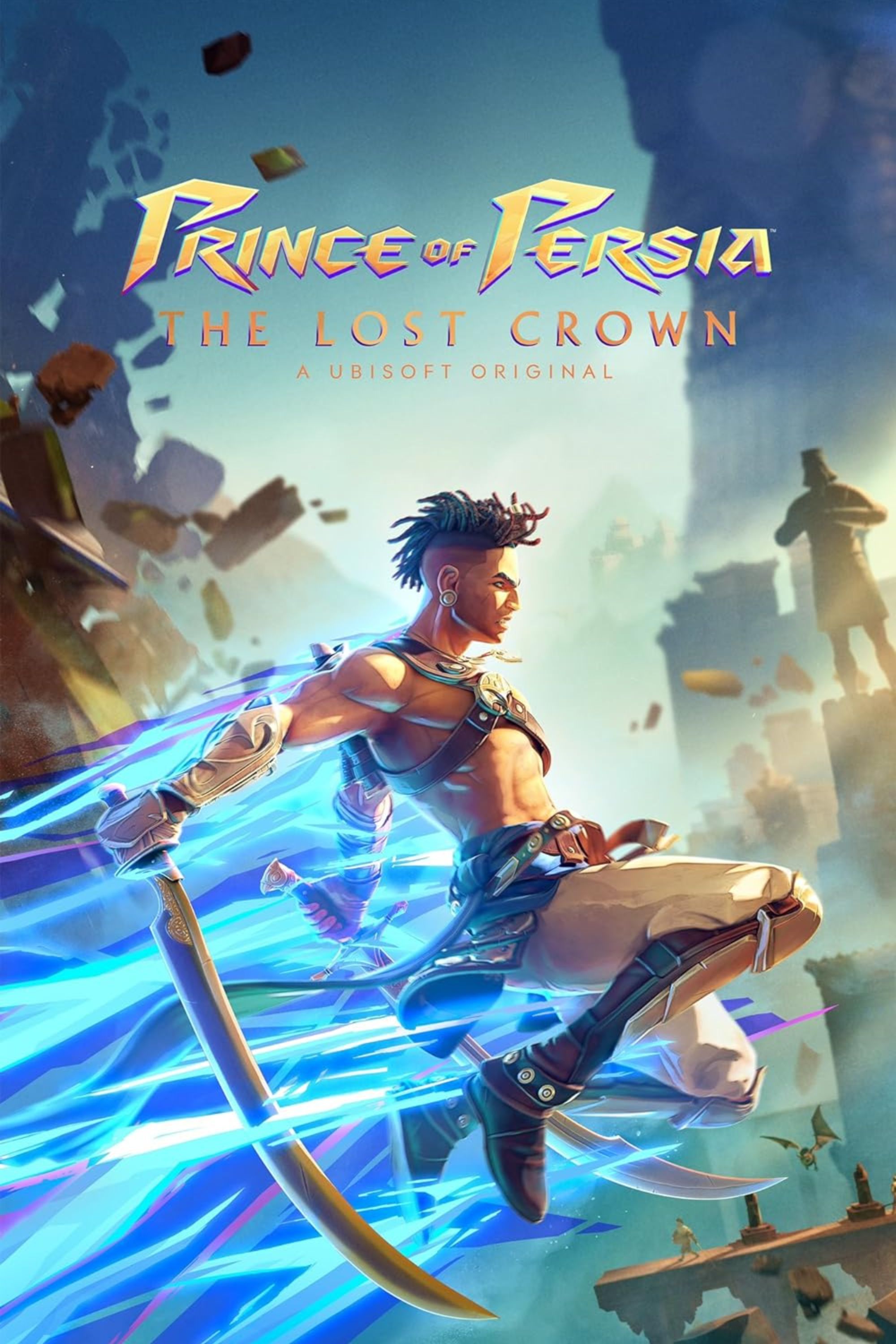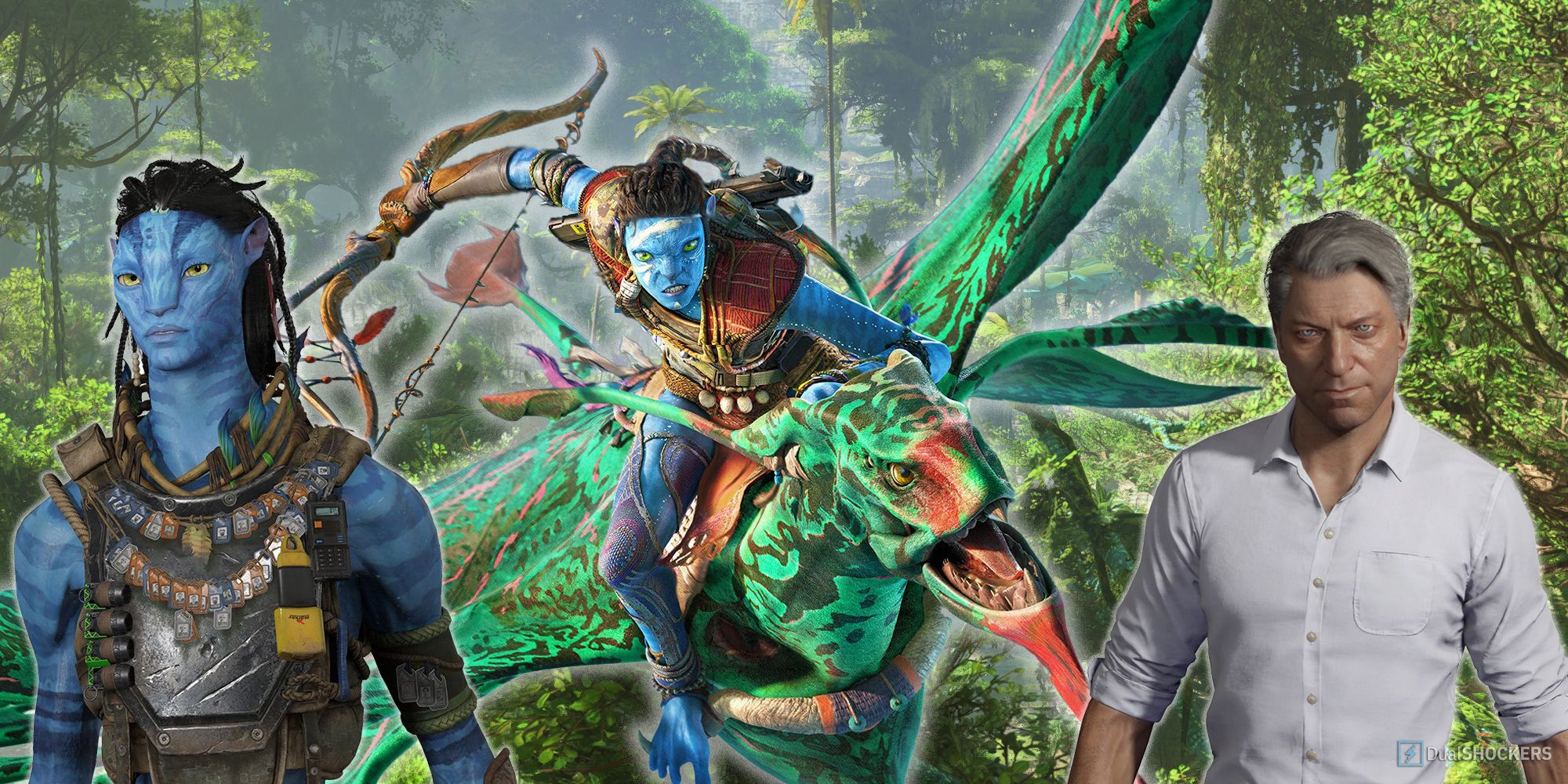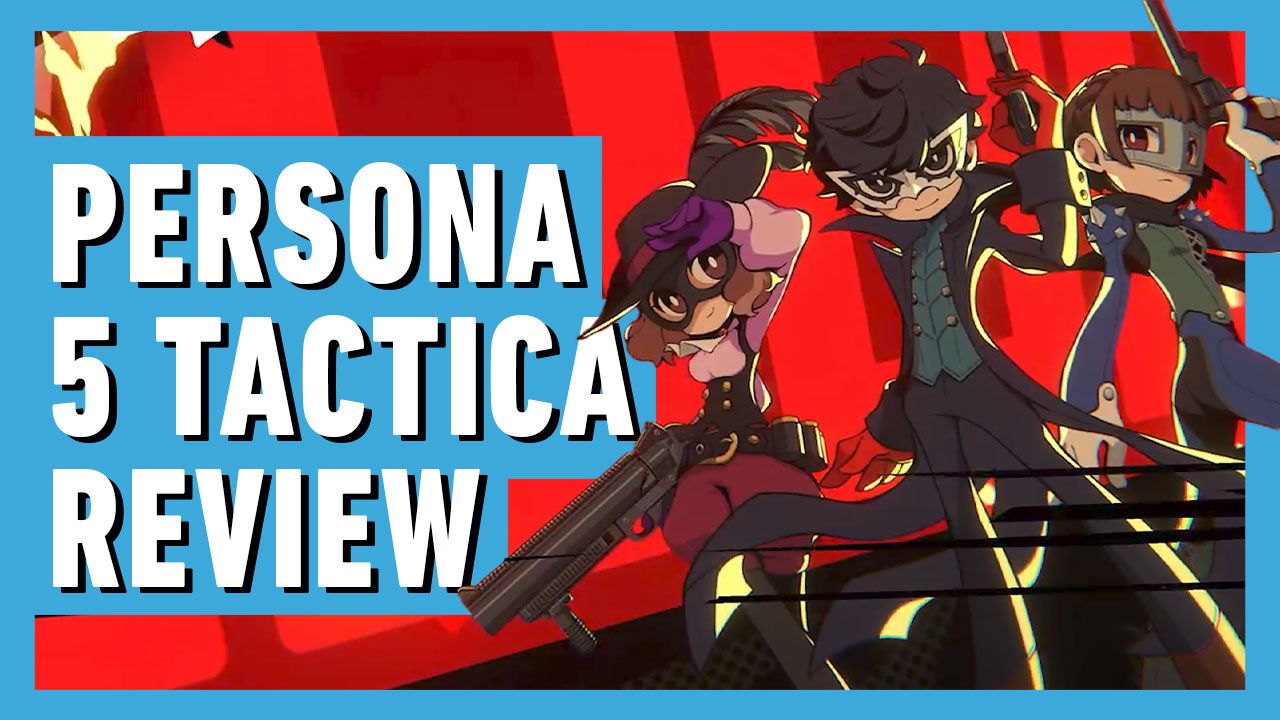
Prince of Persia: The Lost Crown
PlayStation 5
Prince of Persia: The Lost Crown is an excellent new entry in this iconic franchise, and a great entry point for new Metroidvania fans (while still offering plenty of challenge for veterans of the genre). The traversal and combat feel incredibly satisfying, and the story offers an exciting adventure you don’t want to miss.
- Released
- January 18, 2024
- Gorgeous Art Direction and voice acting
- Flowing traversal across a massive map
- flashy and satisfying combat
- Robust accessibility and customization options
- Some biomes feel a bit too similar
- A few noticeably less polished character models
- Narrative emphasis can occasionally interrupt the flow of exploration
I have a soft spot for Prince of Persia. I fell in love with the Sands of Time trilogy back in the 2000s, loving the Persian mythology and timey-wimey powers and story, but I didn’t really keep up with the series after that, and I hadn’t been exposed to the original Prince of Persia trilogy from the ’80s and ’90s.
With a current and ongoing obsession with great Metroidvania games, I was pretty excited about the prospect of the Prince of Persia aesthetic integrating with the exploration and discovery hallmarks of the Metroidvania genre. After the credits rolled, I can safely say that Ubisoft Montpellier delivered.
Time Is An Ocean In A Storm
In Prince of Persia: The Lost Crown, you play through the game as Sargon, the newest member of Persia’s Immortals — an elite group of warriors who fight for the Persian Empire — on a mission to rescue the kidnapped Prince. This is a bit of a remix from previous Prince of Persia games, where you played the Prince himself, but Sargon fully earns his place as the lead character. He starts off a bit cocky with a chip on his shoulder, but throughout the course of the game, he has a number of great character moments that soften and mold him along a satisfying arc from ruthless warrior to compassionate protector. The initially straightforward storytelling also complicates considerably once the time shenanigans get rolling, fully living up to my deep love of the Sands of Time trilogy.
Honestly, one of the biggest stand-outs in this Metroidvania is just how story-driven it is. After arriving at the mythical Mount Qaf in search of the missing Prince, the Immortals quickly discover that the Ancient City and surroundings of Mount Qaf have fallen under a mysterious time curse, and time is… messy there. You’ll encounter people who have been trapped in temporal anomalies for untold months/years/centuries, and the longer you remain in the area, the more anomalies you and the other Immortals will encounter. You will witness recurring events, echoes of characters can be encountered at different points on their journey, and all along the twisting, winding world, you’ll have plot developments and character conversations to further the everpresent narrative.

Avatar: Frontiers Of Pandora Review – A Visually Astonishing Avatar Adventure
If you’re a fan of the Avatar films, you’ll likely enjoy your time with Avatar: Frontiers of Pandora!
The overall story didn’t quite blow me away or anything, but it delivered a good, satisfying adventure with a solid batch of twists and developments to keep me invested in the journey all the way through. There aren’t many deep character arcs beyond Sargon’s, but the supporting cast is all excellently voice acted and portrayed, each feeling distinct and earning their place in the narrative.
The world itself is massive. With over a dozen distinct biomes in the interconnected map, it continues to expand over and over again throughout your time with the game, with areas gated by future ability unlocks or story-significant progression points (familiar fare for Metroidvania fans). Every new zone you visit has a specific vibe that feels distinct from the others. A couple felt a bit samey after a while, but there are some incredible stand-out levels you’ll explore, like the shipwrecks locked in time on a stormy sea that you must make your way across, sliding through shattered hulls and skating across the time-frozen ocean waves.
The few areas that do feel similar still manage to feel like part of a cohesive whole for the Ancient City and surrounding area of Mount Qaf. Each of the biomes offers a new look at the region, with many offering drastically different experiences in what navigation looks (and feels) like. Moving around the frigid Tower of Silence is a completely different experience from delving into the ruins of the Pit of Eternal Sands. In the Tower of Silence, you’ll be navigating huge gaps over bottomless pits, relying on your skills at wall-climbing, air dashes, and tethers to stay alive, and in the Pit of Eternal Sands, you’ll climb and descend waterfalls of sand pouring upward and following giant, horrifying centipede creatures as they burrow through hardened crystals and stone. For every location, the art direction is gorgeous, with beautiful palaces and gigantic constructions that provide a satisfyingly fantastical feel.
The initially straightforward storytelling also complicates considerably once the time shenanigans get rolling, fully living up to my deep love of the Sands of Time trilogy.
As you explore, you’ll discover magical Wak-Wak Trees, where you’ll be able to rest, unlocking a new respawn point should you die in the trials ahead. You’ll spend your time leaping and wall-jumping around the map, unlocking shortcuts back to Wak-Wak Trees, discovering new connection points to familiar regions, battling bosses, and delving into the mysteries of this strange place. You’ll climb frozen mountains, delve deep underground, navigate shipwrecks, and explore a vast archive abandoned to time. Oh, and of course, along the way, you’ll have to leap and slide your way through a variety of swinging blades, spiked pit traps, and crushing stone pillars.
It wouldn’t be Prince of Persia without spinning blades and high-flying acrobatics, now, would it?
Early on, traversal is fairly straightforward. The platforming puzzles aren’t too complicated, though satisfying with the game’s smooth movements of sprinting and dodging through enemies and traps, but once you start collecting various powers and abilities that feed into both combat and traversal, the complexity of trap rooms and traversal puzzles ramps up accordingly. Some of these rooms forced me to sit in the middle of a traversal sequence and really think about what I needed to do next — and usually took half-a-dozen tries to finally succeed.
Eventually, once I’d built up the muscle-memory of puzzles and abilities, I was able to fly through some complicated trap sequences that felt so satisfying to get through without really having to think about them; simply relying on my reactions and intuition. Some of the traversal abilities are classic Metroidvania mainstays — double jumps, air dashes, a tether to pull to distant points — but it also showcases some other more thematic abilities, like being able to create an afterimage of yourself that you can instantly teleport to. This creates some uniquely challenging puzzles, having to intermix this afterimage into a string of carefully timed dashes, slides, and wall jumps, in order to make it safely to the other side, and sometimes back again.
Flow Like Sand
Combat builds beautifully off of the smooth traversal of the game, offering a flowing combat system that encourages you to mix together multiple different attacks for devastating results. If you end up repeating the same attacks, they lose a bit of their effectiveness, encouraging you to experiment with the pretty robust combo system to dish out some flashy, visceral damage between your twin swords, bow, and chakram.
You’ve also got several tools at your disposal for customizing your exact combat experience. Throughout the game, you’ll collect a wide variety of Amulets that can customize your build (more health, more damage while airborne, imbuing your arrows with fire, creating a time bubble with successful parries, etc). In addition, you have access to what are known as Athra Surges, of which you can have two equipped at a time. These super-powered attacks require you to build up an Athra Meter to pull off. By parrying and landing attacks, you can fill up to three bars of Athra, and you have three tiers of Athra Surges to choose from, each with several different options for how you want to obliterate your enemies.
10:50

Persona 5 Tactica Review: One More Time With Feeling
P5T offers a solid tactics experience if you’re willing to give it time to let its narrative find its legs.
Speaking of enemies, each opponent comes with their own unique move sets, making for encounters that require aggression but also caution. You can parry most attacks aside from red ones — for those, you just need to get out of the way. When the enemy flashes yellow with their attack, however, and you pull off a successful parry, you’ll be able to perform a unique execution animation. These frequent animations, along with the Athra Surges you have access to, build out the game’s flashy combat by infusing it with more cinematic flair.
These mechanics extend into boss fights as well, which make heavy use of the red unblockable attacks as well as the punishable yellow attacks — parrying a boss’ yellow attack won’t instantly kill them like a regular enemy, but it will result in an over-the-top combat sequence that’ll leave you grinning ear to ear. Missing the parry on these is pretty fun too, but Sargon will be the one getting a thrashing, rather than the boss.
The bosses range from good to great, with even the simplest ones offering some intense moments to get the blood pumping. The most challenging of the bosses present multiple phases worth of explosive attacks to study and learn until you’re able to fly through the battle like the seasoned warrior you are. You’ll battle with huge mythological beasts — like a vicious Chimera in a wind-swept arena and a gigantic Cobra god lurking deep beneath the sands — but you’ll also have to contend with humanoid boss fights that offer a very different, more intimate combat challenge, each with their own flair and style to feel unique and worthwhile.
The art direction for Prince of Persia: The Lost Crown is excellent. At all times, you’ll be presented with gorgeous vistas and levels, each with some intricate detailing in the environments, and all showcasing a classic Persian myth-meets-fantasy setting. The combat and cutscenes contain splashes of vibrant purples, blues, and oranges, really popping from the screen almost like flashy comic book panels. These anachronistic visual stylings (epic fantasy meets Synthwave blend) mix together beautifully, and they bleed over into the action in a beautiful way, with every sword swing trailing purples and blues and every power exploding with color.
The combat and cutscenes contain splashes of vibrant purples, blues, and oranges, really popping from the screen almost like flashy comic book panels.
Tonally, this is a dramatic high-fantasy adventure, but the combat — and especially the boss fights — break out into some insane anime-like action sequences that are over the top in the best of ways. During the fight against the giant cobra god Azdaha, for example, if you miss one of those punishable parry windows, it will snatch you in its jaws, toss you high up into the air, and then blast a massive beam of crackling energy that would be right at home in something like Dragon Ball Z.
Custom-Vania
The Lost Crown is easily the most accessible Metroidvania I’ve come across. That isn’t to say the game doesn’t hold its challenge — it’s got some brutal platforming sections and unforgettable boss fights — but every layer of this game is customizable to your desired experience. Along with four set difficulty options, you can also tailor your experience down to minute details.
Want to reduce enemy health (or increase it)? You can do that. Want to increase (or reduce) parry window timing? You can do that. Got stuck on a mind-melting platforming puzzle? You can opt to just skip past it. Feeling lost in the massive world? You can turn on Guided Mode in the settings, which will point you toward your next story destination, ensuring you’re heading in the right direction. There are plenty more conveniences like these, and at every point the game provides options to help you have as frictionless (or frictionful) a playthrough as you desire.
Return Of The Prince
Prince of Persia: The Lost Crown is a fantastic new starting point for this once-great gaming icon. The 2D puzzle-platforming and high fantasy action blend perfectly with the gorgeous visuals and storytelling to create something wholly fitting for this legendary IP. At so many points while playing, I was pulled between rushing ahead to the next story beat or backtracking through unexplored offshoots to collect all the goodies hidden around the trap-infested map. The boss fights are a blast, with a good chunk of them really putting me through my paces and offering some unforgettable moments.
Sure, a new 3D Prince of Persia would be great, but after completing The Lost Crown, I really hope Ubisoft continues to iterate on this formula, because Prince of Persia fits perfectly as a Metroidvania. Not only that, but it’s a remarkably accessible one too, making it a great entry point for genre newcomers, as well as genre veterans who prefer to play without the training wheels.
[ad_2]




